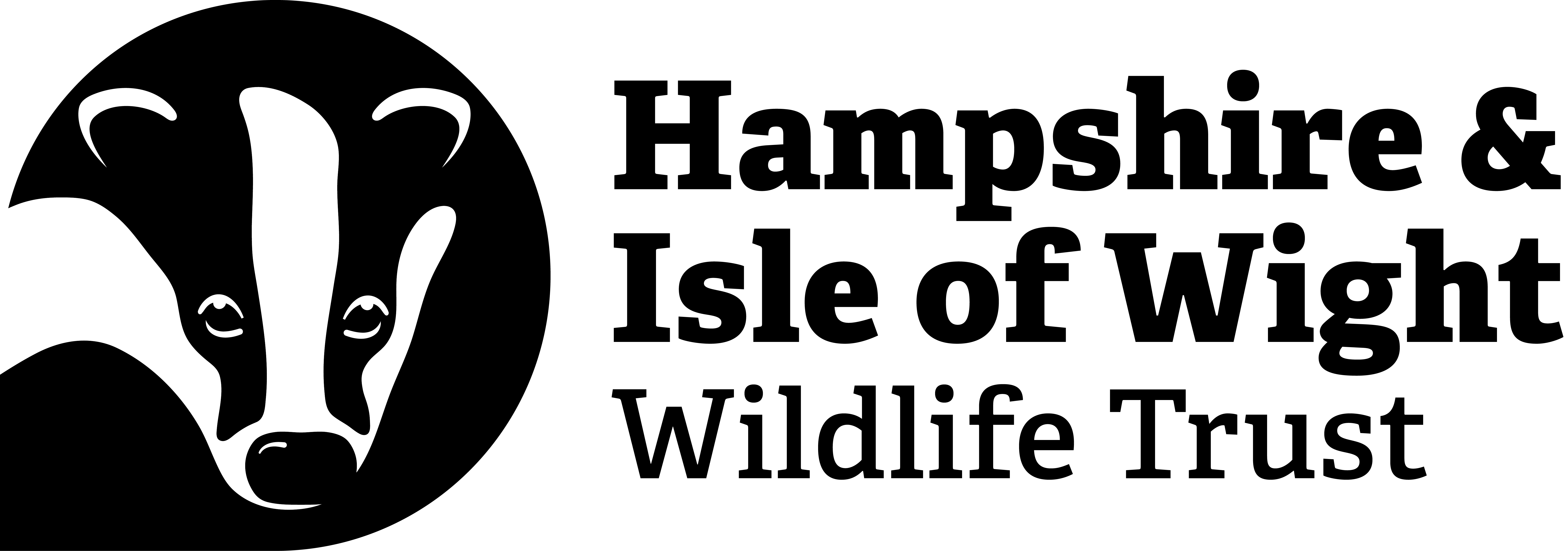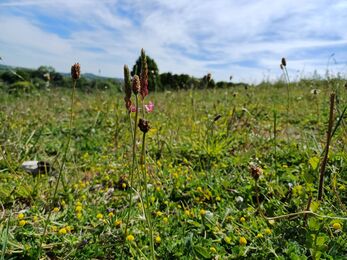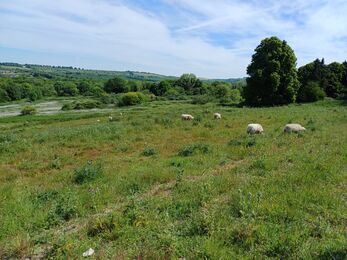Network for Nature has been named Overall Winner at the 2025 Biodiversity Challenge Awards, recognising its impact in enhancing habitats which have been impacted by historic road building activity, to benefit people, nature, and wildlife.
The programme, delivered by The Wildlife Trusts in partnership with National Highways, saw more than 50 projects delivered by 24 local Wildlife Trusts over five years, improving, creating, and restoring over 2,300 acres of woodlands, grasslands, peatlands, and wetlands throughout the country.
Hampshire & Isle of Wight Wildlife Trust received funding from Highways England, through the Network for Nature project, to restore two sites near Winchester. The project included restoring chalk grassland on the northern face of St Catherine’s Hill, which had been subject to much human intervention, and improving habitat management at Morestead Road Wastewater Treatment Works, both, for the benefit of wildlife. Together, the Southern Water-owned sites, cover approximately 65 hectares.
The Trust’s vision is to create a more robust and connected ecological network: through creating a haven for wildlife at the western gateway to the South Downs National Park and enhancing the biodiversity interest and habitat connectivity of the Morestead Road site.
The project began with a feasibility study to investigate ecological and geological constraints, methods, quantity and delivery costs. This included a Duke of Burgundy butterfly assessment. The Duke of Burgundy is a nationally rare and declining butterfly, and the study identified that St Catherine’s Hill could serve as an important stepping stone, helping the species move between suitable habitats in the surrounding area.
To enable the restoration of the chalk grassland, vegetation was first cut back under ecological supervision to dissuade reptiles from the area before hibernation. Digging then removed the nettle rhizome layer to reduce nettle re-growth ahead of seeding, with the removed material used to fill old pits in the southern part of the site.
Volunteers contributed over 80 hours of their time, planting more than 750 hedge whips – young native trees and shrubs including hawthorn, blackthorn, hazel, and elder. Hedge whips are important because, as they grow, they form hedgerows that provide shelter, food, and corridors for wildlife, helping species move safely between habitats. Volunteers also spread 120kg of chalk grassland seed, containing a variety of flowers and grasses from local donor sites, including cowslip, the larval foodplant of the Duke of Burgundy butterfly.
New stock-proof fencing, a corral, and gates were also installed to allow conservation grazing and ongoing management at both St Catherine’s Hill and Morestead Road. Although the site has no public access, it can be viewed through the fencing on the north side of St Catherine’s Hill, offering impressive views across the site and over the downs.
Since completion of the works in spring 2024, sheep have grazed St Catherine’s Hill as part of the conservation management, and two years of monitoring have been undertaken. This year has seen an increase in both the number and variety of butterfly species recorded, reflecting the diversity of flowers now present on the restored grassland.
Sarah Jackson, Ecology & Evidence Manager at Hampshire & Isle of Wight Wildlife Trust, said: “Being part of Network for Nature is a privilege - not just because of what we’ve achieved here in Hampshire, but because of the shared effort across so many sites across England.
“Restoring habitats creates the right conditions for wildlife to return and survive, expanding and connecting areas for plants and animals to colonise and move around the landscape. I’m proud that our team and volunteers contributed to something that is now being recognised nationally.”


